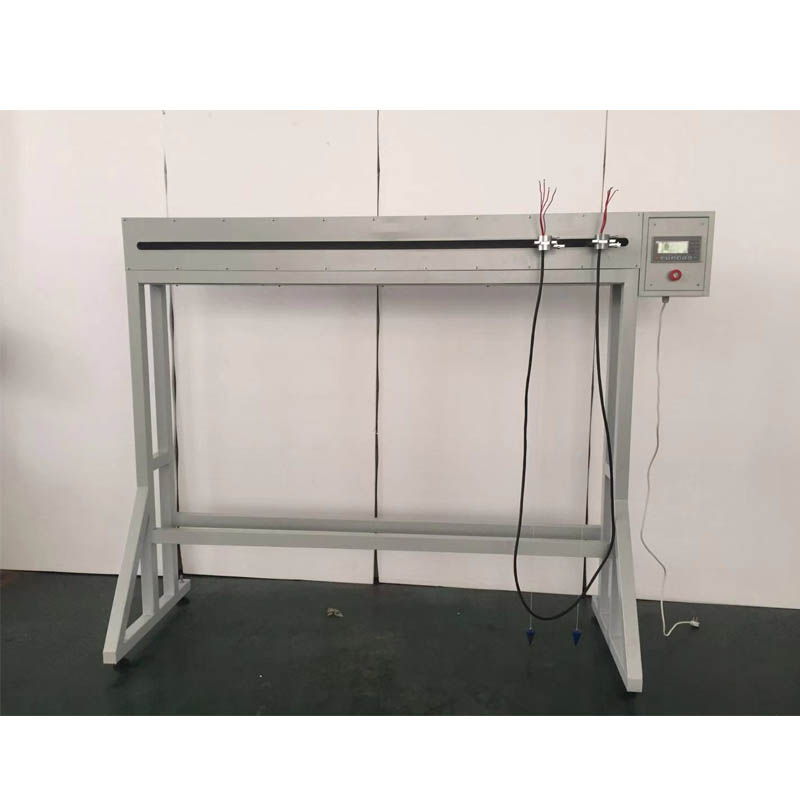UV-Crosslinking Technology for Enhanced Durability in Manufacturing Processes
The Role of UV Irradiation in Cross-Linking Processes in Manufacturing
In the rapidly evolving world of manufacturing, the need for innovative materials and efficient processes is paramount. One of the most exciting advancements in this field is the use of UV irradiation for cross-linking polymers, a process that dramatically enhances the properties of materials used in various applications. This article explores the significance of UV irradiation in cross-linking and its impact on modern manufacturing practices.
What is Cross-Linking?
Cross-linking is a chemical process where polymer chains are interconnected, forming a network that significantly improves the physical and mechanical properties of the material. This process can enhance durability, flexibility, chemical resistance, and thermal stability, transforming standard polymers into high-performance materials. Traditionally, cross-linking methods relied on heat or chemical agents, which often required longer curing times and complex handling.
The Advantages of UV Irradiation
UV irradiation, a method that employs ultraviolet light to initiate the cross-linking process, has emerged as a game-changer in the manufacturing sector. Here are some of the key advantages of using UV curing in cross-linking
1. Speed and Efficiency UV curing significantly reduces processing time. The cross-linking reaction can occur within seconds when exposed to UV light, enabling rapid production cycles. This efficiency allows manufacturers to increase throughput and reduce labor costs.
2. Energy Savings Traditional curing processes often require substantial energy input, particularly when using heat. UV systems consume less energy and can operate at room temperature, making them a more environmentally friendly option. This reduction in energy consumption aligns with global sustainability goals.
3. Improved Material Properties UV-cured materials often exhibit superior qualities, such as enhanced hardness and resistance to wear and chemicals. Industries that demand high-performance materials, like automotive, aerospace, and electronics, benefit significantly from these improved characteristics.
uv irradiation cross-linked machine factory

4. Reduced Volatile Organic Compounds (VOCs) UV curing processes release fewer VOCs compared to conventional curing methods. This reduction is critical in meeting environmental regulations and standards, contributing to a healthier workplace and ecosystem.
5. Wide Range of Applications UV irradiation is versatile and can be used across various industries. It finds applications in coatings, adhesives, inks, and more, demonstrating its broad relevance in manufacturing processes.
Applications in Manufacturing
The impact of UV irradiation on cross-linking is evident in several sectors
- Automotive Industry UV-cured coatings are used on vehicle surfaces, providing a durable and aesthetically pleasing finish that resists scratches and environmental damage. - Electronics The electronics industry benefits from UV-cured adhesives that bond components with precision and speed, crucial for the assembly of circuit boards and other intricate parts.
- Packaging In the packaging sector, UV printing has revolutionized how products are labeled and branded, allowing for vibrant colors and faster production times.
Conclusion
As the manufacturing landscape continues to evolve, the implementation of UV irradiation for cross-linking presents a forward-thinking solution that meets the demands of modern production. By enhancing material properties, improving efficiency, and promoting sustainability, UV cross-linking technology is set to redefine manufacturing standards. Industries willing to adopt this innovative approach will likely see significant improvements in product quality and operational efficiency, making UV curing a vital component of any advanced manufacturing strategy. Embracing these technologies not only positions manufacturers competitively in the market but also contributes to a more sustainable future.
-
The Role of Tensile Force Testers in Quality Control and Material Science
NewsAug.01,2025
-
Maintenance and Safety Tips for Aging Ovens
NewsAug.01,2025
-
Density Balance in Forensic Science
NewsAug.01,2025
-
Advanced Optical Measurement Technologies
NewsAug.01,2025
-
A Buyer’s Guide to Tensile Test Machines
NewsAug.01,2025
-
Why the Conductor Resistance Constant Temperature Measurement Machine Redefines Precision
NewsJun.20,2025
 Copyright © 2025 Hebei Fangyuan Instrument & Equipment Co.,Ltd. All Rights Reserved. Sitemap | Privacy Policy
Copyright © 2025 Hebei Fangyuan Instrument & Equipment Co.,Ltd. All Rights Reserved. Sitemap | Privacy Policy
